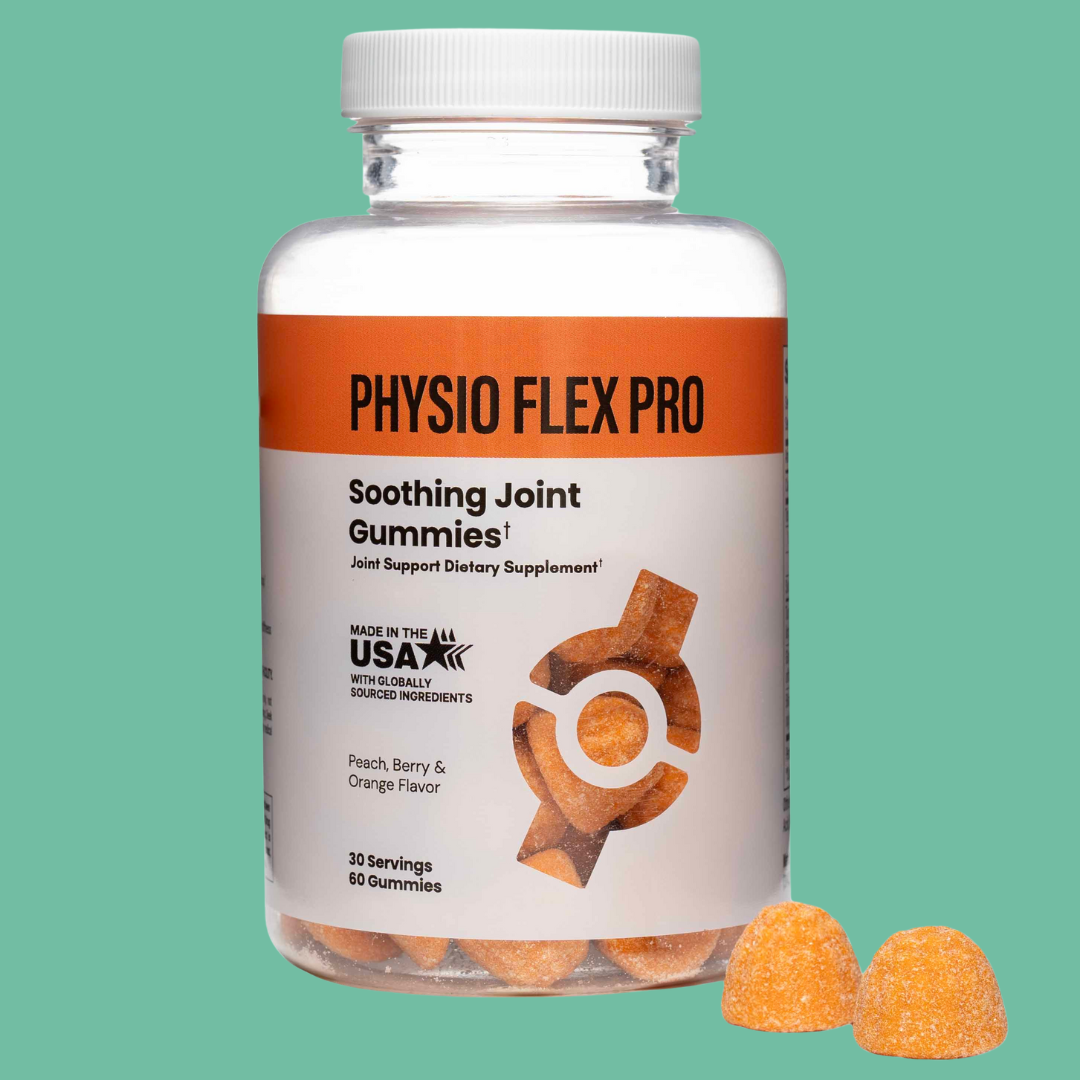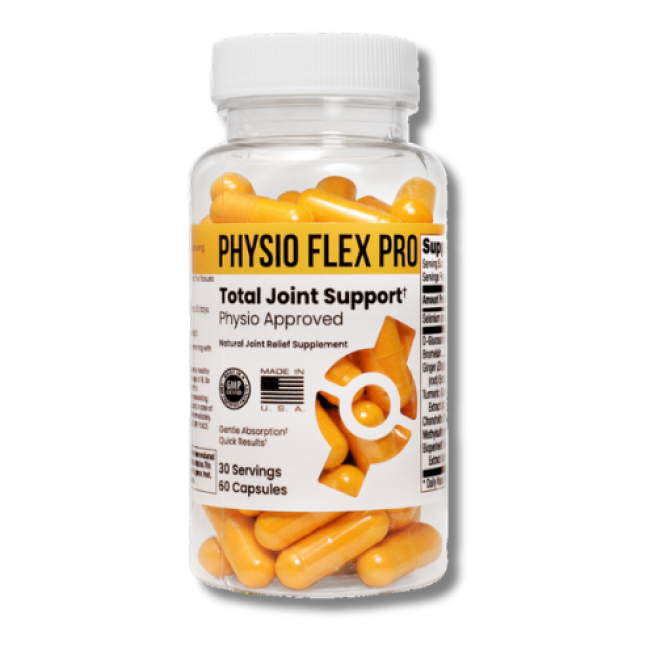Here’s How Turmeric Can Benefit Joint Health:
Turmeric has made a name for itself in our everyday food. From turmeric ‘golden’ lattes to turmeric-infused cereals and cakes, the superfood has reached quite the boujie status. But it’s nothing new—the spice has been around for thousands of years.
A product of the flowering plant known as Curcuma longa—part of the ginger family—its roots lie in the Indian subcontinent and Southeast Asia. The spice, derived from its underground stem (the rhizome), is ground into a yellow powder and added to a plethora of culinary recipes.
Since ancient times, turmeric has also been used for its medicinal properties in Indian (Ayurvedic) and Chinese medicine, including in the treatment of the upper respiratory tract and digestive system. Among other things, it's used to treat sprains and swelling in Hindu medicine. Supplements are even available for allergies and arthritis, among other conditions, and, it can help improve memory and reduce heart disease risk.
The active compound in turmeric is curcumin, known for its anti-inflammatory properties and also hailed for its antioxidant abilities and therapeutic role in disease treatment. Consequently, turmeric can greatly benefit joint health, as explored in more detail throughout this article.
Why Turmeric Can Benefit Joint Health
Many joint diseases can cause pain, tenderness, limitation in movement and a slew of other debilitating symptoms. For example, osteoarthritis, the most common joint disease globally— affecting 300 million people and 19% of Americans above 45—is more than just a ‘wear-and-tear’ condition. Turmeric is a wonder compound that can combat this type of joint pain. Among the many natural benefits, it's antimicrobial, cardioprotective (protecting the heart) and hepatoprotective (protecting the liver). And for joint health, it acts as an inflammation blocker.
The curcumin in turmeric acts by reducing a general inflammatory marker called C-reactive protein, which regulates pro-inflammatory interleukins (proteins) and decreases the activity of certain enzymes that contribute to inflammation, explains Dr. Ben Schuff, a licensed naturopathic doctor, Illinois Licensed Dietitian Nutritionist and Certified Nutrition Specialist. “Studies have found it to improve patient subjective pain scores, stiffness and physical function.”
In a systematic review across 10 studies of patients taking turmeric and curcumin supplements with knee osteoarthritis, the findings across all subjects was reduced pain without any reported adverse effects.
Osteoarthritis is partly caused by inflammatory factors. When inflammation is reduced or eliminated in people who frequently experience joint pain, these people typically live more active lifestyles with a higher quality of life, says Victoria Dahan, Lead Dietician for RecoveryPlus.health, a national remote cardiac rehab program. Therefore, although not a cure for joint issues, turmeric can certainly help in pain management and improvement.
Ways to Incorporate Turmeric in Your Diet

There’s a variety of ways to flavor up your cooking with a sprinkling of turmeric power or grating of turmeric root—smoothies, potatoes, rice and pancakes included. Turmeric is a key ingredient in curry powder, and the household spice pairs well with chicken or fish—plus, it’s a healthier alternative to flavoring with salt or seasonings containing sodium, says Dahan, given it has a bitter tang and peppery taste.
Whether in a blended form such as Physio Flex Pro, with 200mg of turmeric extract per serving, or in a turmeric curcumin complex, supplements are an easy way to increase your daily intake. You can also get a powerful dose in extract form mixed with water.
For optimal absorption, many blends are formulated alongside other compounds, such as resin Boswellia (Indian frankincense) and bromelain, a protein-digesting enzyme from pineapple (also an ingredient of Physio Flex Pro)—both known for their enhanced anti-inflammatory effect, outlines Dr. Schuff.
“Traditionally and clinically, formulas of turmeric will often include black pepper with the alkaloid piperine present, which can increase curcumin’s anti-inflammatory activity by slowing its rapid metabolism in the liver,” adds Dr. Schuff.
How Much To Consume
There is no definitive answer as to how many anti-inflammatory foods you should consume to reap the benefits for joint health. “Multiple studies have found that taking high doses of curcumin, at around 1000 milligrams per day (five teaspoons or so of turmeric powder), provides similar pain-reducing effects to non-steroidal anti-inflammatory drugs (NSAIDs), says Dahan. Due to its low bioavailability (absorbtion in the body) when taken orally, it’s difficult to consume unsafe amounts, she adds.
It may also have lesser side effects than NSAIDs. A study on 139 pateints with knee osteoarthritis found a similar efficacy in taking curcumin three times daily versus diclofenec (a medicine for the reduction in swelling) twice a day, and with less adverse effects.
Supplement and drop forms will have a specific dosing and suggested intake—just ensure you read the label carefully. Although uncommon, be on the lookout for side effects including an upset stomach, nausea, cramps and dizziness, and discontinue if you’re affected.
Guest Writer - Leoni Jesner
Leoni Jesner is a certified ACE CPT, Level 3 Pilates instructor, and nutrition coach who crafts fitness, health and wellness content for a wide digital audience. An MA Business graduate of the University of Edinburgh, she has grown passionate about inspiring others to lead healthy, balanced and active lifestyles.






